Australian architecture firms HDR Rice Daubney and CHROFI are the latest category winners from the 2014 World Architecture Festival, joining other Australians Francis-Jones Morehen Thorp and Ian Moore Architects in the winner’s circle.
HDR Rice Daubney’s $260 million Chris O’Brien Lifehouse in Sydney received the ‘Completed Buildings - Health’ award at the festival and overcame competition from a shortlist of four entries.
The centre combines all facets of clinical care; surgery, medical and radiation oncology, research, integrative medicine and support services for patients, their families and carers. The jury were impressed with the encompassing design.
“This building redefines cancer treatment by focusing on the patient experience. It combines architecture and art with medical science, logistics, technical equipment and complex building technology focused on patient care,” they said.
“The facility aims to redefine the cancer patient experience and become a centre of excellence. This vision is about many things – a genuine patient focused facility, broad based holistic treatment in a world-class clinical environment with integrated research programmes.”
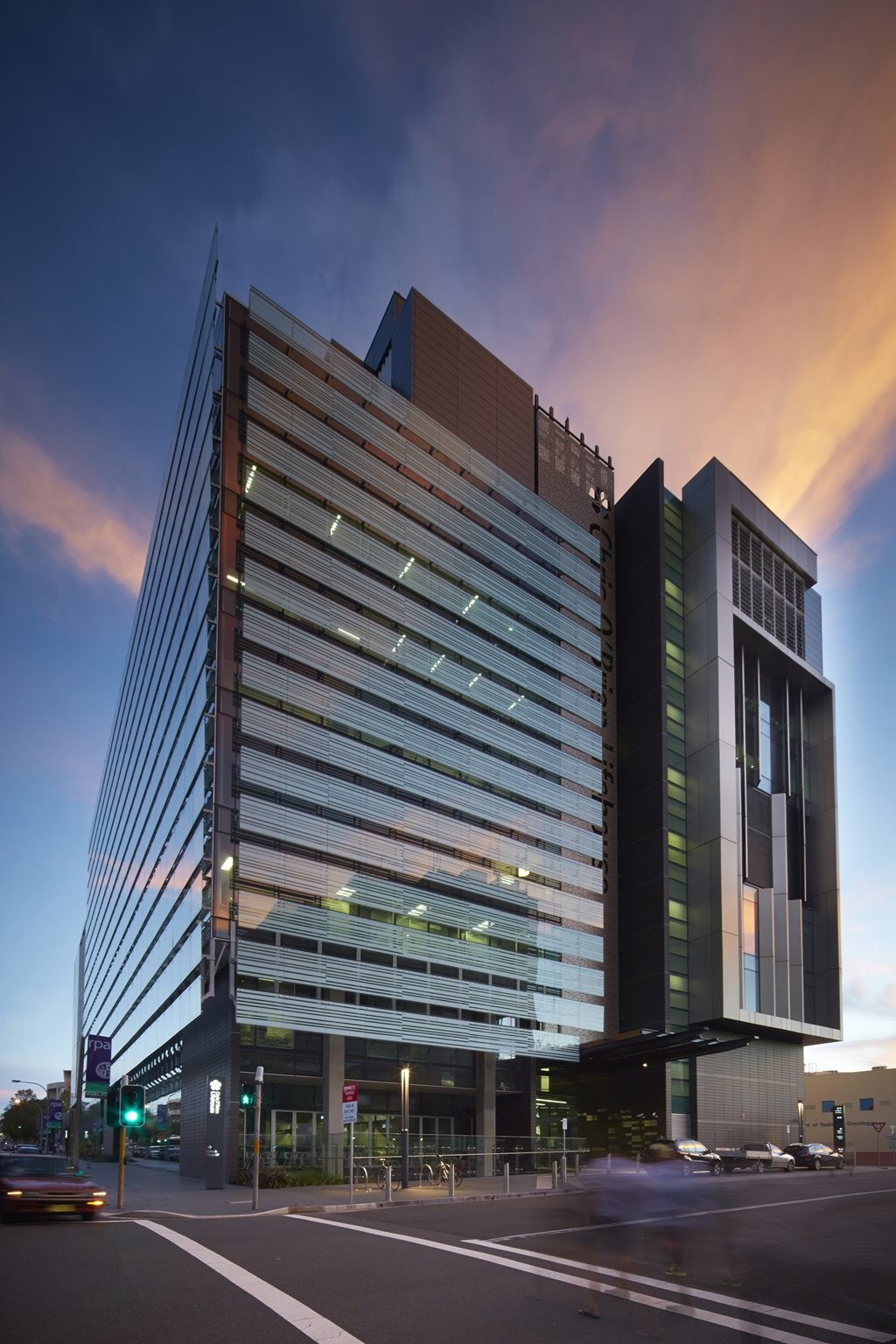
Making the cancer journey as easy as it can be has influenced the design of the building, as well as services and the model of care.The building has been designed so as to not include the pale blue and stainless steel look of a stereotypical hospital. Instead earthy and warm colours of brown and orange with timber and stone finishings have been chosen. Images: supplied.
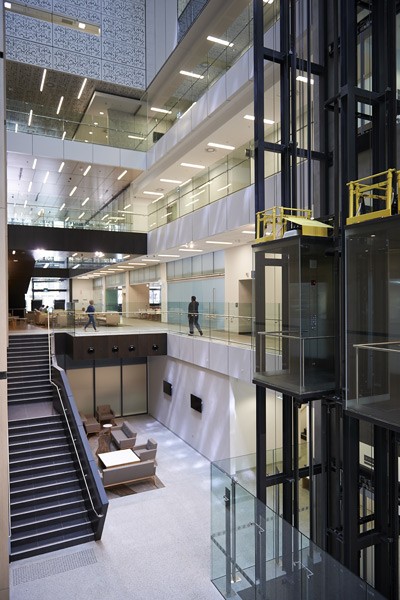
CHROFI takes home the ‘Completed Buildings – Production, Energy and Recycling’ prize from the festival, awarded ahead of eight shortlisted entries for their Lune de Sang Sheds project.
The Sheds are a unique inter-generational venture that will see a former dairying property in northern New South Wales transform into a sustainably harvested forest.
“The vision is exceptional in that rather than planting a fast growing crop, various hardwoods of the region have been chosen to establish a rainforest landscape that will take generations to mature,” reads a statement from the festival.
“The hardwoods will be tended to maturity and then selectively harvested, the long lifespan of the trees meaning a wait of between 50 and 300 years before the various species fully mature.”
The jury commended the project, expressing appreciation for the elegance and poetry present in the craft that managed to transform simple sheds into extraordinary architecture that form a sensitive engagement with the landscape. Its multi-generational design horizon distilled into timeless forms and durable materials is also what made it outstanding.
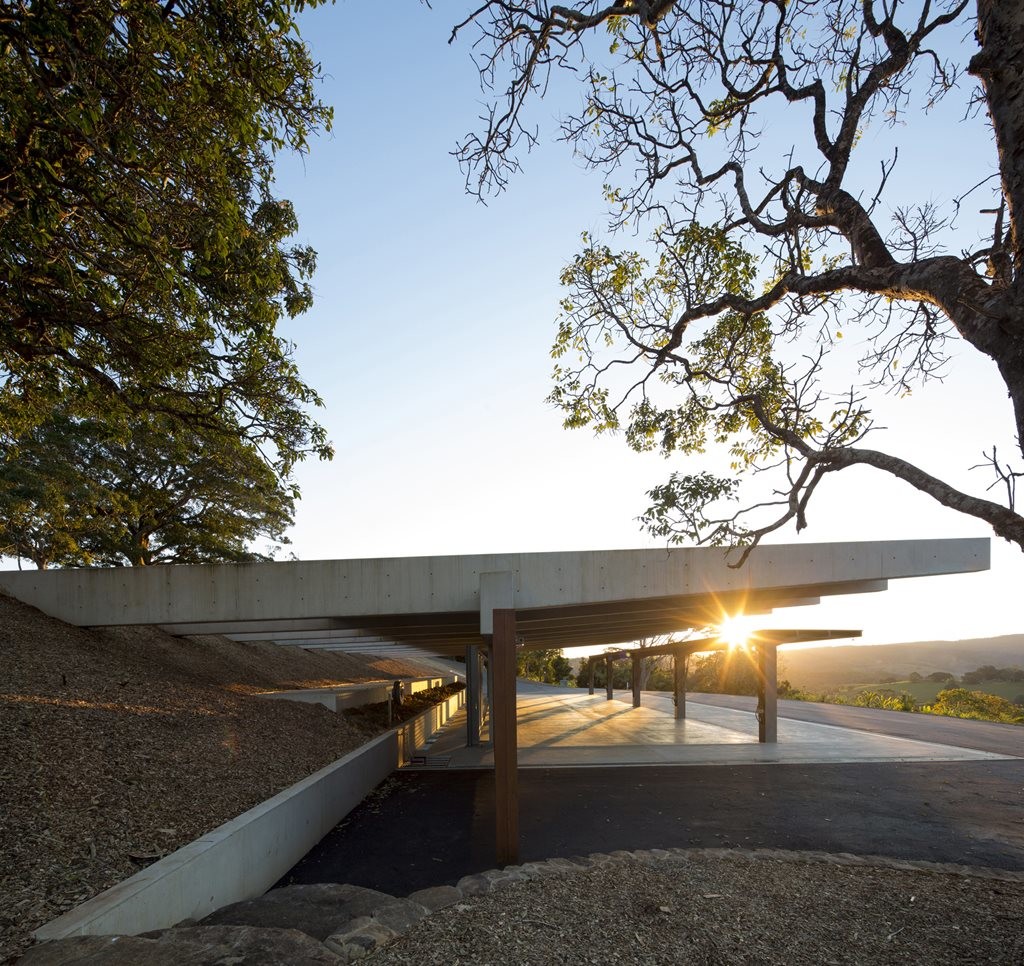
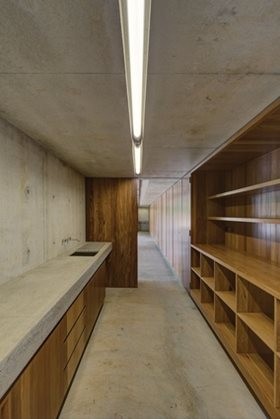
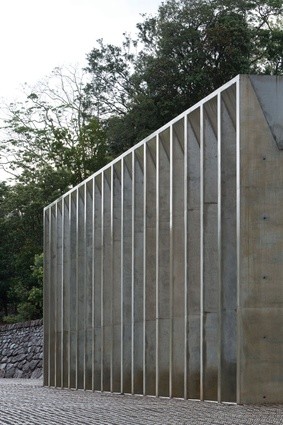
“The structures, both for working and habitation, are endowed with a sense of permanence. They have been conceived as ruins in the landscape; ancient concrete and stone structures that have been unearthed and retrofitted for comfortable habitation with crisp glass and steel details,” said the architects. Images: Brett Boardman.
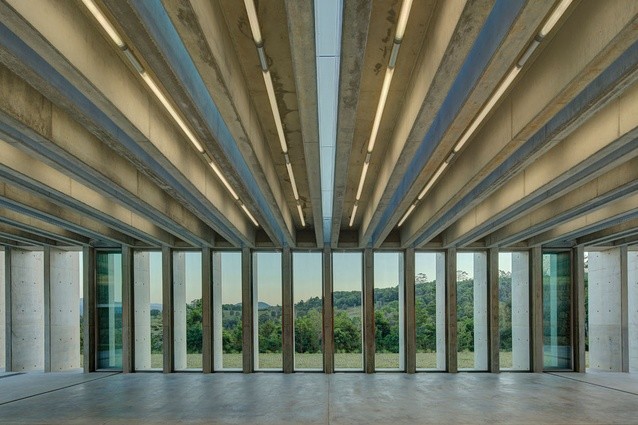
Now in its seventh year, the World Architecture Festival awards will culminate with the announcement of the coveted World Building of the Year award on Friday 3 October, which will be selected by the festival’s super-jury.
As category winners, FJMT, Ian Moore Architects, HDR Rice Daubney and CHROFI will now wait in anticipation for the announcement of the World Building of the Year Award.
The full list of category winners:
Completed Buildings:
-
House: House for Trees by Vo Trong Nghia Architects
-
Housing: The Carve by A-Lab
-
Office: Liberty Place by Francis-Jones Morehen Thorp
-
Higher Education and Research: Dalarna Media Library by Adept
-
Display: Te Kaitaka 'The Cloak' by Fearon Hay Architects
-
Schools: Chobham Academy by Allford Hall Monaghan Morris
-
Shopping: Yalikavak Marina Complex by Emre Arolat Architects
-
Religion: La Ascension del Señor Church by AGi architects
-
New and old: Rethinking the Split House by Neri&Hu
-
Civic and community: The Chapel by a21studio
-
Culture: Danish Maritime Museum by BIG
-
Hotel and leisure: Son La Restaurant by Vo Trong Nghia Architects
-
Villa: Dune House by Fearon Hay Architects
-
Production energy and recycling: Lune de Sang Sheds by CHROFI
-
Transport: Scale Lane Bridge by McDowell+Benedetti
-
Health: Chris O'Brien Lifehouse by Rice Daubney
-
Sport: Singapore Sports Hub by Singapore Sports Hub Design Team
Future Projects:
-
Culture: Freedom of the Press Monument by Gustavo Penna Arquiteto & Associados
-
Commercial mixed-use: Isfahan Dreamland Commercial Centerby Farshad Mehdizadeh Architects
-
Health: The Extension of The People's Hospital of Futian by Leigh & Orange
-
Leisure-led development: Antakya Museum Hotel by Emre Amrolat Architects
-
House: The Olive Grove by Ian Moore Architects
-
Office: Agashiyan by Sanjay Puri Architects
-
Infrastructure: Linköping Central Station by Metro Arkitekter (Sweco group)
-
Masterplanning: North West Cambridge Masterplan byAECOM Design & Planning
-
Residential: The Village by Sanjay Puri Architects
-
Competition entries: Art Gallery of Greater Victoria by 5468796 Architecture and Number TEN Architectural Group
-
Education: FPT Technology Building by Vo Trong Nghia Architects
-
Experimental: Skyfarm by Rogers Stirk Harbour + Partners and Arup Associates

